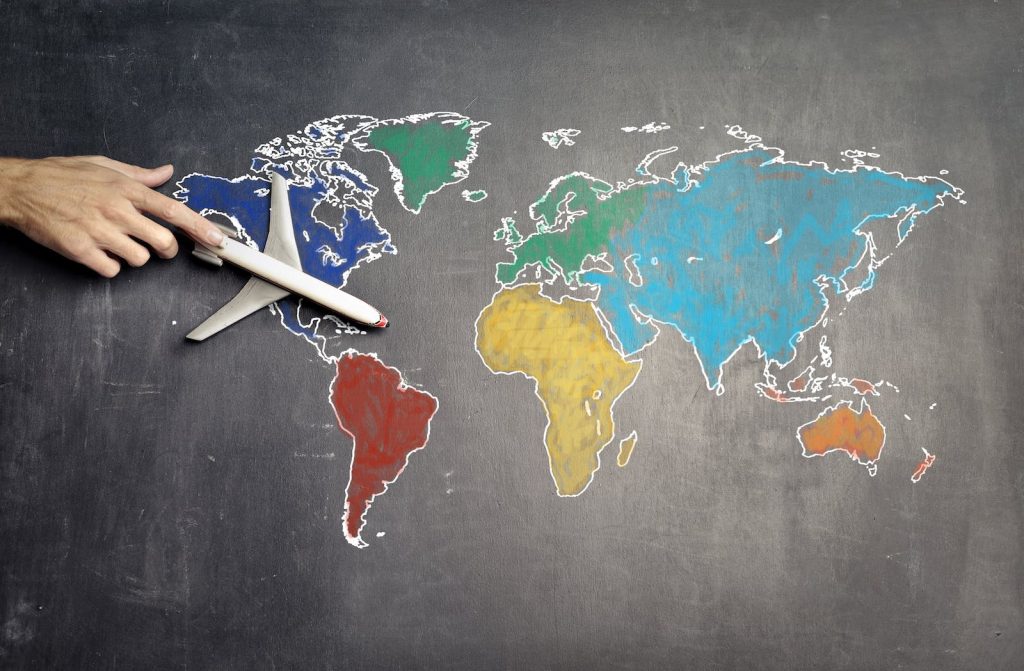Numerous companies have leveraged the effectiveness of translation services to expand their businesses successfully. One such example is Airbnb. Recognizing the importance of localization, Airbnb invested in translation services to provide their platform in multiple languages. By making their service accessible to users worldwide, Airbnb experienced exponential growth and became a global leader in the accommodation industry.
Another success story is Coca-Cola. The beverage giant understood the significance of tailoring their marketing campaigns to resonate with diverse audiences. By translating their slogans and advertisements into various languages, Coca-Cola effectively connected with customers on a local level. This strategy not only helped them establish a strong global presence but also fostered a sense of cultural inclusivity.
Developing Multilingual Marketing Strategies
To develop effective multilingual marketing strategies, businesses should consider the following tips:
1. Understand the Target Market: Thoroughly research and understand the culture, preferences, and language of the target market. This knowledge will help tailor marketing messages to resonate with local customers.
2. Use Professional Translation Services: Partner with a reputable translation company that specializes in business translation. Professional translators possess the linguistic skills and cultural knowledge necessary to accurately convey your message in different languages.
3. Localization: Localization goes beyond translation by adapting content to suit specific cultural nuances. This includes considering differences in dialects, currencies, and measurement units. Localization helps build trust and credibility with local customers.
4. Consistent Branding: Maintain consistent branding across all translated materials. This ensures that your brand identity remains intact while appealing to diverse audiences.
5. Test and Adapt: Continuously monitor and evaluate the effectiveness of your multilingual marketing campaigns. Collect feedback from local customers and adapt your strategies accordingly to maximize impact.
Effective Multilingual Communication
In addition to marketing, effective multilingual communication is vital for expanding businesses globally. Here are some key considerations:
1. Website Localization: Translate your website into the languages of your target markets. This allows potential customers to navigate your site easily and understand your products or services.
2. Customer Support: Offer customer support in multiple languages to cater to the needs of your international customers. This can be done through phone, email, or chat services, ensuring a seamless experience for all users.
3. Multilingual Content Creation: Create diverse and engaging content in multiple languages. This includes blog posts, social media updates, and videos tailored to specific markets. By providing valuable content in customers’ native languages, you can build trust and foster customer loyalty.

Financial Translation for International Business Transactions
Financial translation is crucial for businesses engaged in international transactions. Accurate translation of financial documents such as annual reports, financial statements, and contracts is essential to maintain transparency and compliance.
Partnering with a translation company specializing in financial translation ensures the precision and reliability of financial documents. Skilled financial translators possess in-depth knowledge of financial terminology and regulations, enabling businesses to navigate the complexities of international markets confidently.
In conclusion, translation services are instrumental in expanding businesses around the world. By investing in professional translation services, developing multilingual marketing strategies, and ensuring effective multilingual communication, businesses can overcome language barriers, connect with diverse audiences, and achieve significant growth. The success stories of companies like Airbnb and Coca-Cola exemplify the transformative power of translation in unlocking global business opportunities. Embracing translation as a strategic tool is the key to unlocking a world of possibilities and driving international success.


